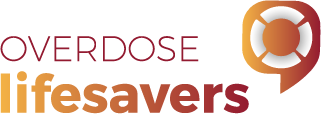Health Professionals’ Reflections on Take-Home Naloxone
NOTE: Quotes are presented word for word apart from minor editing for readability and clarity. Identifying details have been removed. Square brackets show text that has been added or, where ellipses (three dots) appear, removed. For example, ‘Since I actually participated in this Narcan [training], I’ve administered it to two people and it’s brought them around […] I wouldn’t think twice about [doing] it. Saving someone’s life is the main thing.’
The vast majority of the health professionals we interviewed for this website say that take-home naloxone is an important life-saving initiative. However, much like the participants whose views and experiences appear in other sections of this website, health professionals vary in their views on most aspects of naloxone provision and use.
Depending on their work context, some have professional experience with take-home naloxone, for example, through prescribing it. Others, however, only knew of it in theory or encountered it for the first time by participating in our research.
For many, again reflecting the views of others interviewed for this website, take-home naloxone seems an uncontroversial measure similar to other life-saving technologies such as the EpiPen® used for severe allergic reactions (anaphylaxis). Indeed, some health professionals passionately argue for increased support of take-home naloxone and more efforts to increase its availability and use in the community.
That said, a minority of health professionals express concerns about take-home naloxone and ask questions about how appropriate it is for their professional setting.
The health professionals interviewed for this website also discuss barriers to expanding access to it, and other potential issues. For example, a number consider the current price of take-home naloxone a barrier, while others describe hurdles they encounter trying to use it in their work.
Overall, the reflections recounted here emphasise the relevance of take-home naloxone for a range of different alcohol and other drug specialist and general health services.


